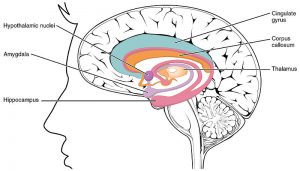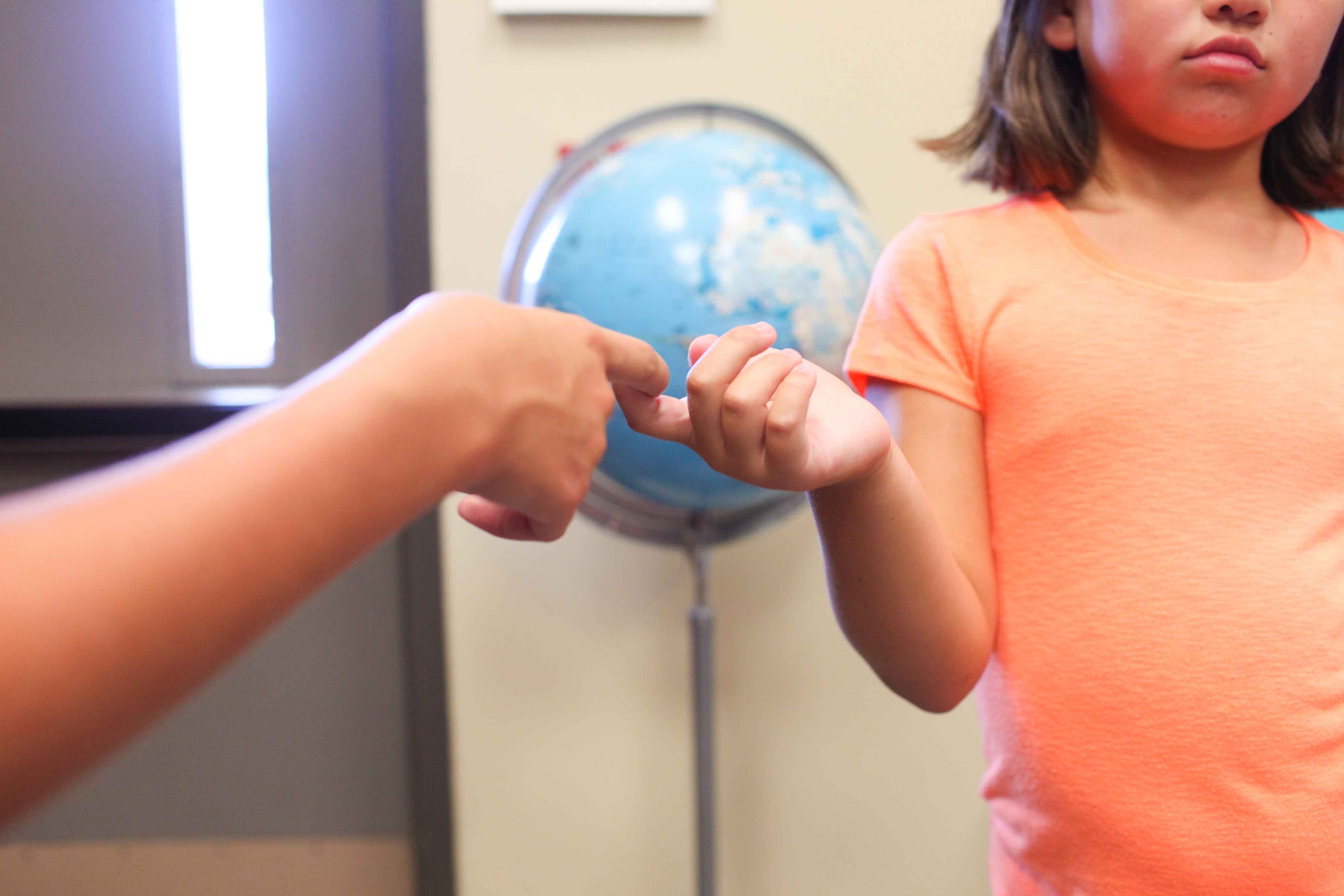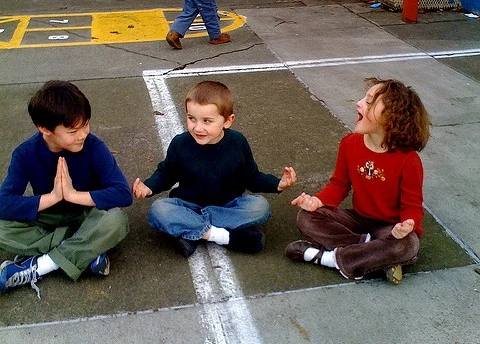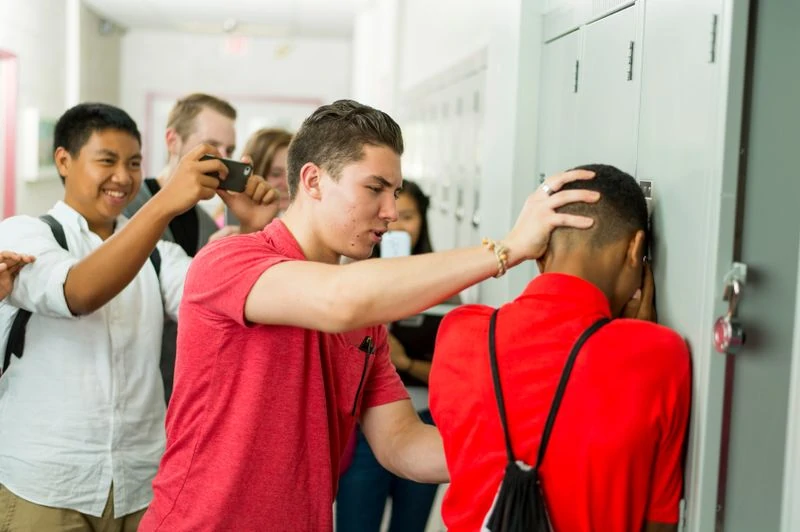It’s more than a little ironic that some key things that could most help us manage stress can seem hardest to come by during times like our current health and economic crisis: hope, gratitude, and joy.
Or at least it is when you believe they depend on circumstances outside yourself rather than feelings we can cultivate from within. When we practice them as skills, they become our superpower, giving us resilience even in the hardest of times.
And times are hard right now, no doubt about it. As we discuss below, in a post updated from one Lynea wrote several years ago, this makes it more important than ever to balance our negative experiences with positive ones…
When I worked as a counselor in a behavior classroom, I would meet with the students every morning. Often the students would often come in with sad or frightening things on their mind. It was difficult for them to focus on school when their minds and bodies were full of worry about a parent, or a concern about something they’d seen on the news.
So, I started a practice with them which I called Mindful Moments. I would ask them to remember something positive about their life. A time they laughed with someone, a time they felt strong, a time they played freely outside. This practice shifted their attention on the positive things in their life, and they were calmer and more able to focus during the day.

A 2016 study in Nature Neuroscience shed light on the relationship between positive and negative memories – memories that are processed in the amygdala, a cluster of neurons deep in the brain. By inhibiting the activity of either fear- or reward-encoding neurons, the researchers found that they could affect the formation of memories in mice.
They found that when [fear-encoding] neurons were inhibited, mice could not form fearful memories, and when [reward-encoding] neurons were inhibited, they could not form positive memories.
The researchers also discovered that each population of neurons can inhibit the other: When they stimulated activity in the reward neurons, activity in the fear neurons was suppressed, and vice versa. This suggests that the brain constantly balances activity between these two populations of neurons.
“Ultimately what we have is a seesaw between positive and negative,” Kim says. “It’s highly speculative, but anxiety and depression symptoms may be the result of an imbalance between these two populations.”
We Need Both Positive & Negative Emotions
The idea of balance is borne out in the psychological literature, as well. While psychologists such as Dr. Gottman have recommended an ideal ratio of 5 good experiences to each bad one, a 2005 study in American Psychologist found that the “tipping point” was 3 to 1. That was the minimum needed, the authors suggested, for a healthy and happy life.
But there’s a role for negative emotions, as well. According to the author of the tipping point study, Barbara Frederickson,
Negative emotions…are necessary for us to flourish, and positive emotions are by nature subtle and fleeting; the secret is not to deny their transience but to find ways to increase [the quantity of positive emotions]. She recommends that, rather than try to eliminate negativity, we balance negative feelings with positive ones. Below a certain ratio of positive to negative, Fredrickson says, people get pulled into downward spirals, their behavior becomes rigid and predictable, and they begin to feel burdened and lifeless.
It’s all about balance. And mindfulness is where it begins.
SEL Starts with Mindfulness

This is also why yoga is such a good match for SEL. It, too, rests upon mindfulness.
Frederickson, too, notes that mindfulness may also help us cultivate more positive emotions, helping keep our emotional bank account properly balanced. As she said in a 2009 interview in The Sun,
One way [to cultivate more positive emotions] is to be aware of the present moment, because most moments are positive. We miss many opportunities to experience positive emotions now by thinking too much about the past or worrying about the future, rather than being open to what is.
In these anxious, uncertain times, we could all benefit from this – and helping the children in our lives develop the emotional intelligence that will help them stay strong, resilient, and capable.
Brain image by OpenStax College, via Wikimedia Commons;
kids image by Todd Fahrner, via Flickr




